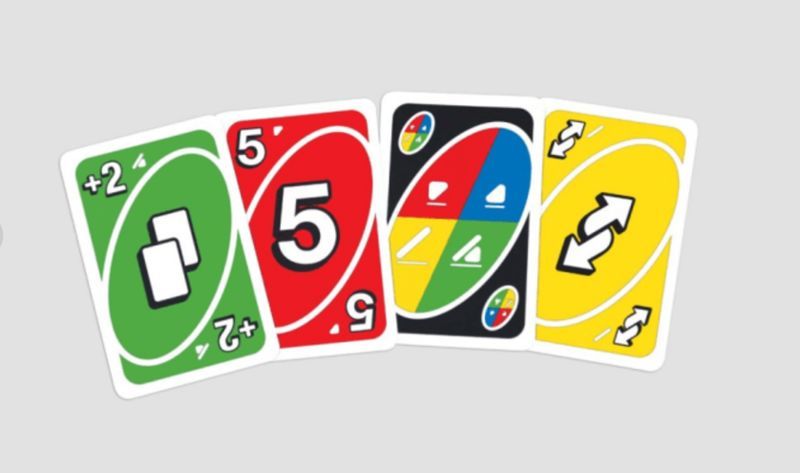
Mattel's Uno Cards Now Feature Color Icons for Colorblind Players
Ellen Smith — September 7, 2017 — Lifestyle
References: shop.mattel & fastcodesign
Distinguishing between the colors on an Uno card is an impossible task for the 350 million people who live with the most common form of colorblindness. That's why Mattel's Uno is undergoing a more inclusive makeover, that will allow for color blind people to participate in the family fun, as well. The game, which is played by matching colors and numbers, will now feature a set of cards complete with an individual character, that can be used to decipher colors. Adopting the colorADD standard, which uses iconography to identify colors, those with common sight impairments can indulge in the simple card game.
Uno's minimalist design can be played by nearly anyone, regardless of language, cultural, physical and now, colorblind barriers, bringing accessibility and inclusion to the forefront of the game's branding.
Uno's minimalist design can be played by nearly anyone, regardless of language, cultural, physical and now, colorblind barriers, bringing accessibility and inclusion to the forefront of the game's branding.
Trend Themes
1. Inclusive Game Design - Game designers can incorporate more inclusive designs that accommodate a wider range of players, such as those with color sight impairments.
2. Iconography-based Color Identification - Using iconography for color identification can create more accessible experiences for a wider range of people with different sight abilities.
3. Minimalist Design for Accessibility - Adopting minimalist design can make games accessible to everyone regardless of cultural, physical or sensory barriers, enforcing inclusion and accessibility in game design.
Industry Implications
1. Toy and Game Industry - Companies in the toy and game industry can introduce more inclusive designs and expand their customer base to diverse populations, creating opportunities for growth and innovation.
2. Graphic Design Industry - Using iconography for color identification can lead to new market opportunities for graphic designers, providing opportunities for innovation and revenue growth.
3. Assistive Technology Industry - Developers and creators in the assistive technology industry can explore minimalist design principles to create accessible tools and innovative solutions for a diverse range of users.
5.1
Score
Popularity
Activity
Freshness























